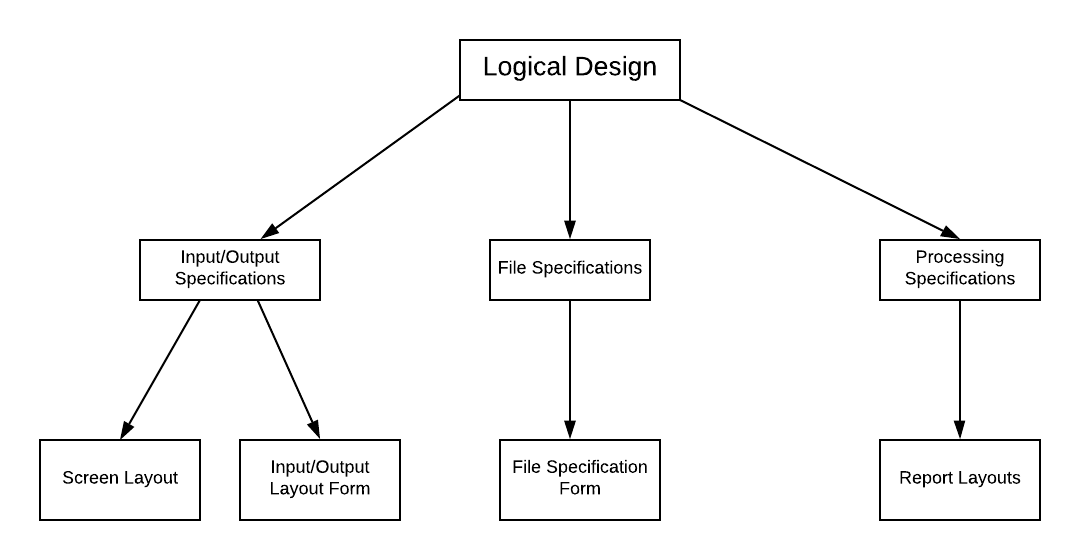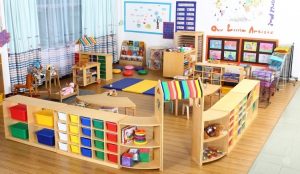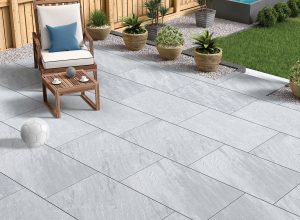System Design | Types and Objectives of System Design
2 min readSystem Design: After the analysis phase, the analyst focuses on the design of the system. The main objective of the design phase is to produce a model of the systems. Thus, system’s design is the bridge between analysis & development of software. Thus during this phase, the analyst does the following:
- Schedules design activities.
- Determine the data inputs.
- Draws a model of the new system using data flow.
- Defines the data requirements with a data dictionary.
- Writes program specification.
System Design Objectives
The best possible designs should have the following properties;
-
Practicality
The systems must be stable & can be operated by people with average intelligence.
-
Correctness
The design should be correct as per the requirements.
-
Completeness
The design should have all the components like data structures, modules, external interfaces etc.
-
Efficiency
Eg. Expensive & scarce resources should be used efficiently by the system.
-
Flexibility
The system should be modifiable depending on the changing needs of the user.
Process of Design/ Types of System Design
System design can be two types
Logical System Design
Logical design concerns with the specifications of major features of the system that would meet the objectives. The main components of Logical des. is given in the figure.

Logical design includes
- Reviews the current system
Its data flows, file content, volume, frequencies. etc.
- Prepare output Specification
Format, content & frequency of reports. input specifications
- Prepare input Specifications
Format, content & most of the input functions.
- File Specification
The input data is generally stored in files in a logical manner.
- Procedure Specification
This involves specifications of how processing will be performed.
Physical Design
The physical des. which follows the logical designs produce actual program software, files & a working system. The physical design produces the working syst. by defining the design specifications that tell programmers exactly what the proposed syst. must do.
The physical design includes
- Specify the Input/output Media
- Design the Database
- Design the programs
- Specify back up procedures
- Make a test plan
Hope you liked this Article. Keep Visiting Mentor Way for more Articles like this.



